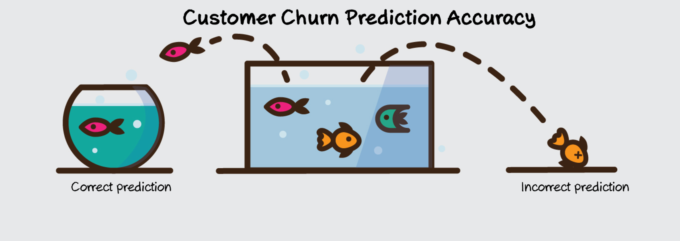E-commerce is something every new business must consider, and almost every existing business already offers this option to its customers. However, there’s more involved in e-commerce than merely offering your products for sale online. In addition to providing secure and efficient transactions, your strategy will also have to involve marketing your products to consumers who do buy online. Here are a few tips to help you create an e-commerce strategy that will address your biggest concerns.
Consider Your Goals

Develop our e-commerce strategy with specific goals in mind, and wanting to sell more products won’t be enough. You should have several focused plans that will help you fine-tune your overall strategy. For example, you may want to make your brand’s logo or name commonly known to households everywhere. Another goal that would be compatible with that is an interest in growing a more extensive online following. You can work towards both goals together by developing a strategy that attracts followers and converts them into customers.
Find Your Key Demographic
You should also know which groups of people have the greatest need or interest in your products so you can market specifically to them. Fortunately, there are plenty of services you can use for collecting and analyzing data gathered from the traffic that your site gets and from the sales of your e-commerce store processes. Once you know who wants or needs your products, you can market directly to them rather than wasting money on a broader advertising strategy.
Keyword Phrases are Still Important

As you write product descriptions or create content for your e-commerce site, experts like Common Thread Collective remind us that keywords still matter. Google and other search engines rely heavily on keywords to rank websites in order of authority and relevance. Too few relevant keywords won’t establish a web page as an authoritative source, which means other websites will be ranked higher than yours. However, too many keywords get regarded as spam, and, for that reason, those web pages also won’t rank as well. It can be helpful to outsource the writing of your blog posts to experienced freelance writers who are skilled in the use of keywords and other SEO (search engine optimization) practices. When done correctly, blog posts can help make your website more visible, attracting more traffic to your site.
Grow Your Social Media Presence
Engaging with consumers on social media is still a significant factor in developing a strong e-commerce strategy. Using sites like Facebook and Twitter can help you grow your business when you grow your followers over time. Many companies are finding that it’s easier to connect with users on Instagram because that site isn’t as saturated with ads and marketing as the older sites. Additionally, Instagram offers a chance to connect with younger users who have abandoned Facebook and Twitter. Ultimately, you should maintain accounts on multiple sites until you see which sites offer you the most interaction. Once you can see where your brand is growing the best, you can focus your efforts on that site.
Eliminate Customer Churn

While attracting new customers is one focus of a good e-commerce strategy, you’ll also want to eliminate or reduce your loss of existing customers. In simple terms, customer churn is the rate at which customers cancel subscriptions or don’t return to your business to make new purchases. There are many ways you can reduce the churn rate for your business. For example, you can improve the quality of the customer service you offer by reaching out to past customers regularly. This is done by sending a text that asks them to rate their satisfaction with your business, or you can send them an email that informs them about upcoming sales, promotions, and other special events. However you go about it, your goal should be to encourage more customer interaction with your business.
Highlight New or Popular Products
When you’re writing blog posts, some of your topics should focus on new or popular products that your business is selling. You can create posts that discuss how those products have benefited or helped others, or you can write tutorials that teach consumers how to use those products. In those blog posts, you should link to the product page for those specific items. This will help blog visitors find those specific products easily and quickly. You can also feature those products prominently on your landing page, so those are the first items online shoppers will see upon clicking through to your site.
Increase Your Ecommerce Payment Options

While many people still use traditional debit and credit cards that are linked to the central banks, there’s a much broader range of payment options that you can offer. Digital wallets are one such trend that’s gaining popularity because it allows users to pay right from their mobile device. A simple click will enable them to use their PayPal or Apple Pay account to cover any purchase. Offering a more comprehensive range of payment choices will help you reduce shopping cart abandonment and increase the number of site visitors who buy from you.
Offer Frequent Discounts, Sales, and Giveaways
You can bring more of your online followers to your e-commerce site by advertising sales and giveaways more frequently. You don’t always have to have a significant sale to attract new customers. You can give something away that won’t cost you much but will be valuable to your customers. You can also hold contests in which you give personalized gifts, such as T-shirts, mugs, and water bottles. You can order these items at a bulk rate to minimize the cost and put your brand’s logo on the items. The gifts you give away will continue advertising your business for free, while the recipients of those gifts will enjoy the present.
You can use the tips provided here to help you create an e-commerce strategy that will work for your business or brand. While this is a good starting point, you should never settle with one system even when it seems to work well. Technology and consumer trends are always in flux, so staying competitive means you’ll have to be willing to change with the times. Keeping up to date on new innovations will help you adjust your e-commerce marketing strategy to meet the needs of consumers in the future.









